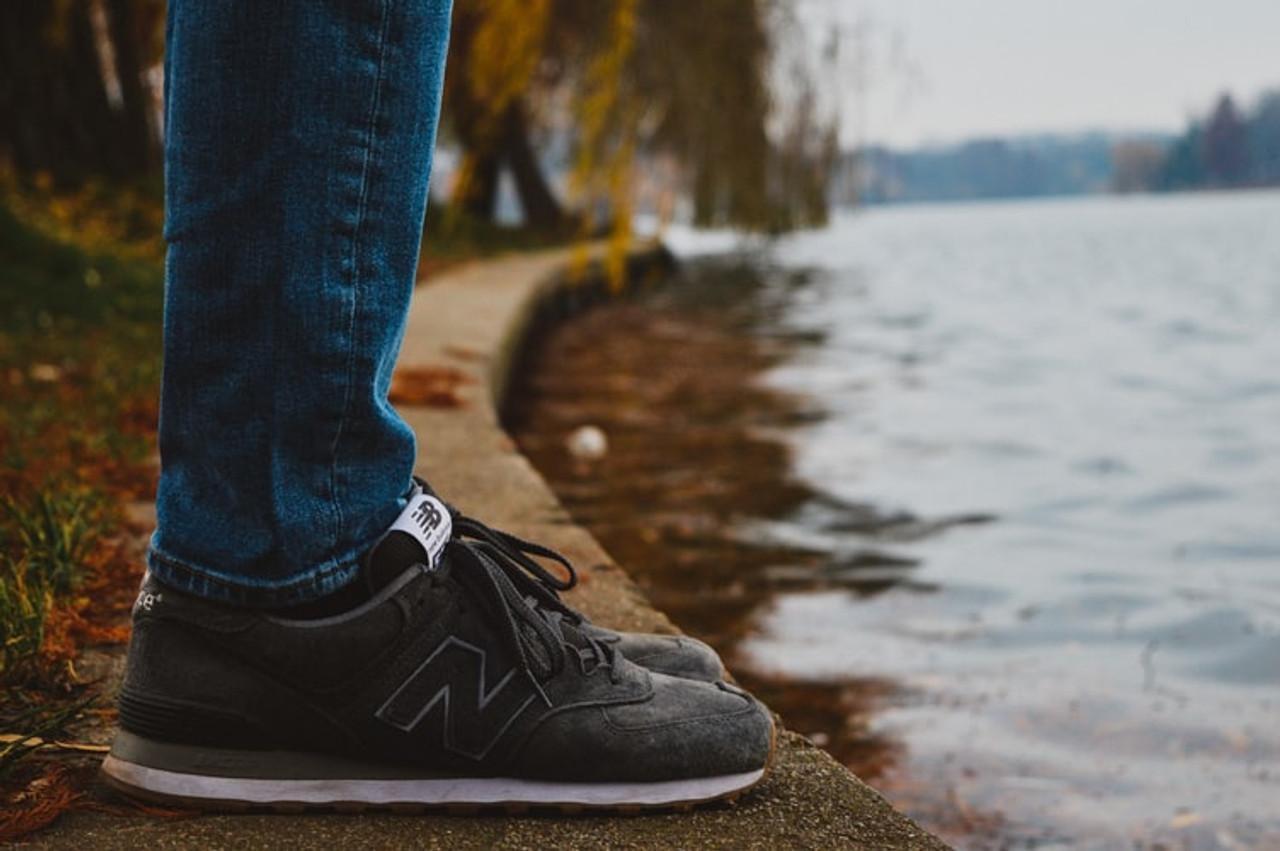What Makes a Pair of Shoes Orthotic-Friendly?
Posted by Orthotics Direct on 2021 May 7th
Although you can arguably fit orthotics in any type of shoe, some footwear is more orthotic-friendly than others. Some brands produce shoe models specifically built to support orthotic inserts, while others incorporate technology and features that support healthy foot arches and motion. This post will take a look at the criteria that make a particular shoe orthotic-friendly, along with examples of shoes that fit those guidelines.
Orthotic Friendly Shoes Feature Specialized Construction Traits
Orthotic friendly shoes are simply built differently from non-orthotic friendly shoes, even if they may look alike. Traditional shoes that don’t support orthotic solutions often forfeit ergonomic design for aesthetic appeal. We are born with perfectly-shaped feet, feet that have a broad base and toes splayed wide.
However, the shoes we typically wear compress our feet due to features such as narrow toe boxes and high/loose heel counters that distort our natural foot shape. Orthotic friendly shoes are moulded with features that help restore the natural foot shape, which improves foot health and stabilizes our gait.
Structural Characteristics of Orthotic-Friendly Shoes
- Firm heel counter - Many of us develop a pattern where the ball of our heels roll or slip away from the shoes as we walk and run. Orthotic-friendly shoes contain rigid heel counters to keep the ankles stable, which, in turn, stabilizes your gait and minimizes injury risk.
- Firm midsole density - Orthotic inserts need to retain some strength to be effective, meaning that the midsole of the shoe has to stay firm (can’t compress easily). Orthotic-friendly shoes tend to possess firm midsoles to ensure that inserts are locked in place and resilient to force.
- Wider foot support - The wider the bed of the foot is, the stronger the support of your shoe will be. Orthotic-friendly shoes come with wide foot support. A wide foot base facilitates healthier gait patterns as well, meaning that you can walk with more ease.
- Easily removable footbeds - Orthotic-friendly shoes come with easily-removable footbeds so that it is easier for you to insert custom orthotics in them.
- Wide toe box - A wide toe box is arguably one of the most distinct and essential features of orthotic-friendly shoes. They provide adequate space for your toes to prevent bunions and swelling. However, wide toe boxes make it easy to install custom orthotic inserts.
- Adequate shoe depth - The deeper the shoe is, the better it is for orthotic support. Shoes with more depth make it easier to fit in orthotic devices, and they latch onto your foot better so that they don’t slip off when walking or running.
Some footwear companies make shoes with more advanced orthotic solutions. However, these additional characteristics aren’t essential for a pair of shoes to be considered orthotic friendly.
Many Orthotic Friendly Shoes Rely on Innovative Technology
The features mentioned in the previous section are what we would call “primary characteristics” of orthotic-friendly shoes. The structural traits you’ll find in pretty much all of them. Of course, many footwear companies like to kick their orthotic-friendly shoes up a few notches.
They insert (excuse the pun) advanced technology into their shoes so that the user has additional support. These shoes provide orthotic support not only for people with foot troubles, but also, for athletes, fitness buffs and people in demanding jobs that could lead to foot problems. Many of these shoes use proprietary technology to provide this support.
Examples of Advanced Technology Found in Orthotic-Friendly Shoes
- Saucony - Pronounced “Sock-a-Knee”, this runner-centric footwear brand incorporates various forms of technology to make their shoes orthotic friendly. That includes dynamic cushioning that responds to the way one’s foot lands, as well as material that absorbs and redistributes shock. These features also help runners and the general population avoid common issues such as overpronation.
- New Balance - A formidable name in the orthotic world, New Balance is known for its “dad shoes” but also, innovative tech to improve orthotic support for customers. For example, one of its more notable offerings is its Fresh Foam technology. Aimed primarily at runners, this technology provides superior cushioning that’s simultaneously lightweight, allowing for optimal strides and minimal impact force.
- Aetrex - Although Aetrex constructs many of their shoes with basic orthotic features, they use state-of-the-art foot scanning technology that provides foot/gait analysis for customers. This helps users choose orthotic friendly shoes that are personalized for their unique foot anatomy.
There are many other brands that produce orthotic-friendly shoes with advanced technology infused into them, or that helps customers choose the right product. We’re proud to sell a wide range of these orthotic-friendly shoes, a range that offers a solution for almost any orthotic concern you can imagine.
Orthotic Friendly Shoes - Cut From a Different Lot
Make no mistake - orthotic friendly shoes may look like shoes you buy from trendy footwear and apparel stores, but they’re different. While traditional shoes have conditioned our feet to lose their natural shape, orthotic friendly shoes help restore what nature gifted us with - functional feet designed for optimal performance.
So if you’re suffering with nagging foot troubles, are an athlete or just to prevent pain later on in life, consider buying orthotic friendly shoes. After all, you deserve to walk this earth with a perfect (or at least, almost perfect) stride.
Looking for a pair of orthotic friendly shoes but unsure where to start? Get in touch with us to help you find the perfect fit!

